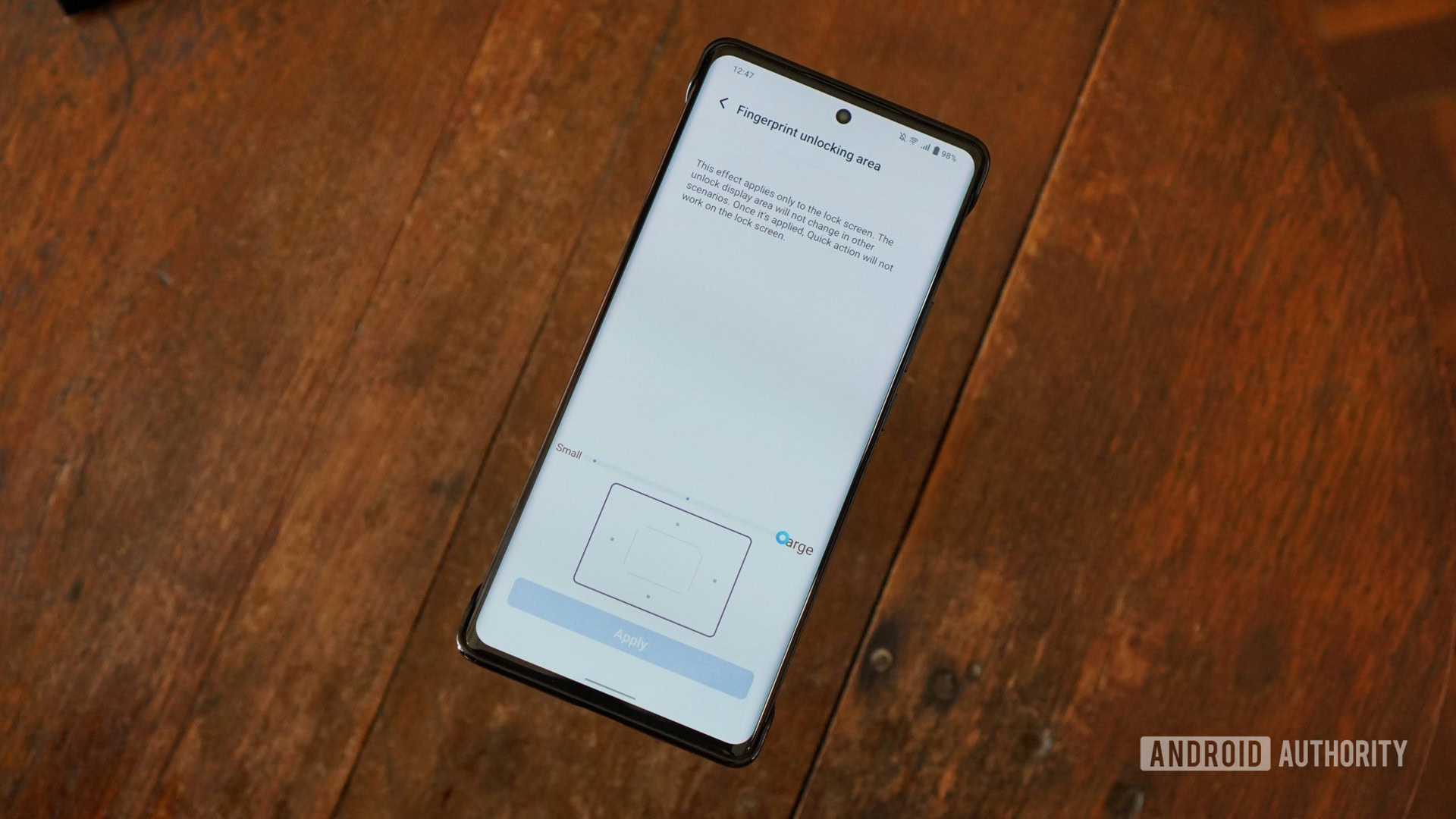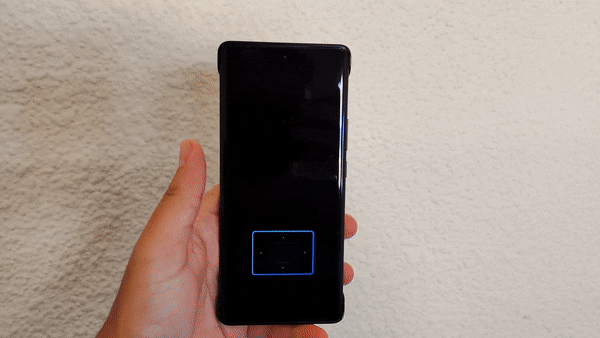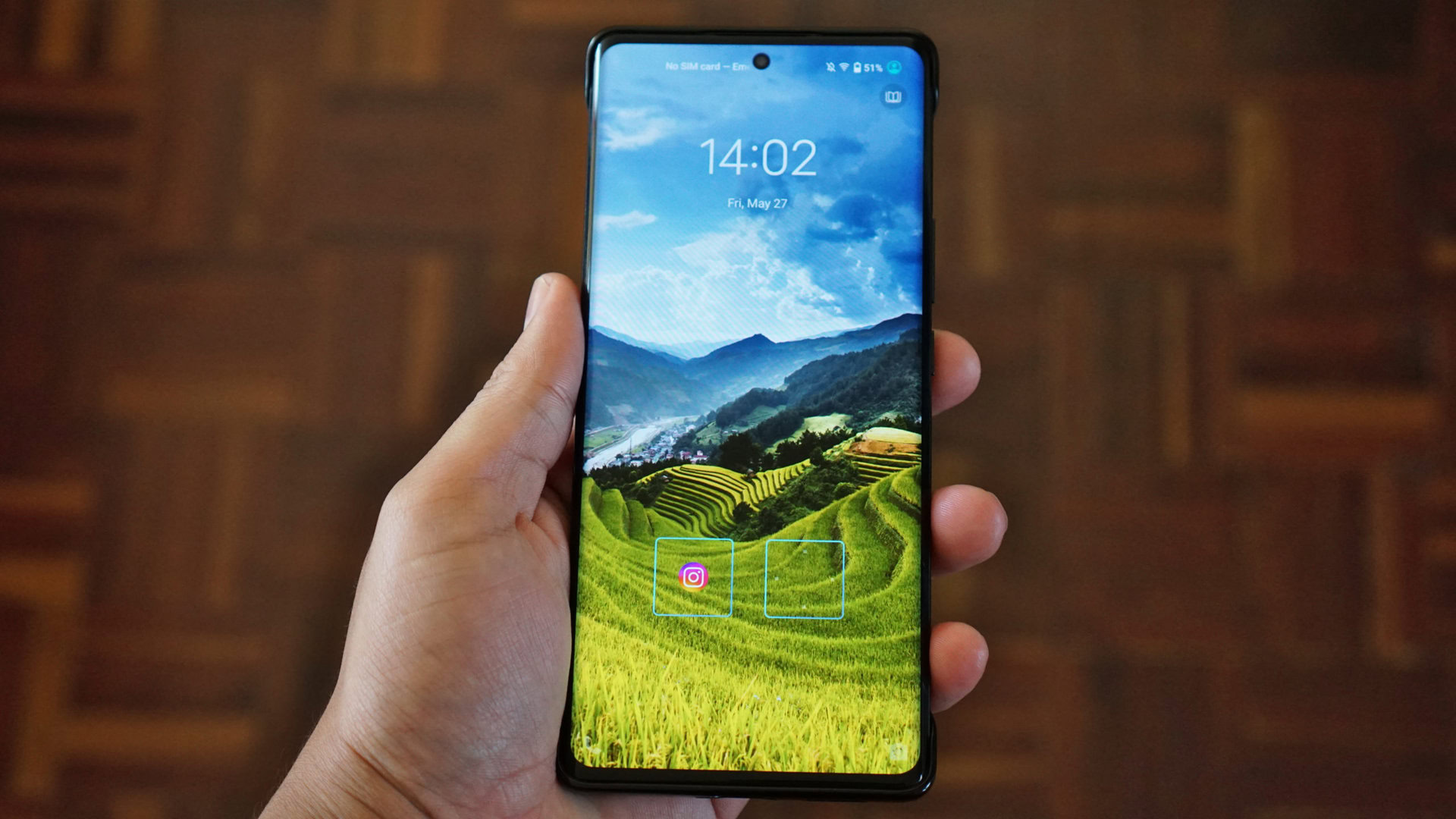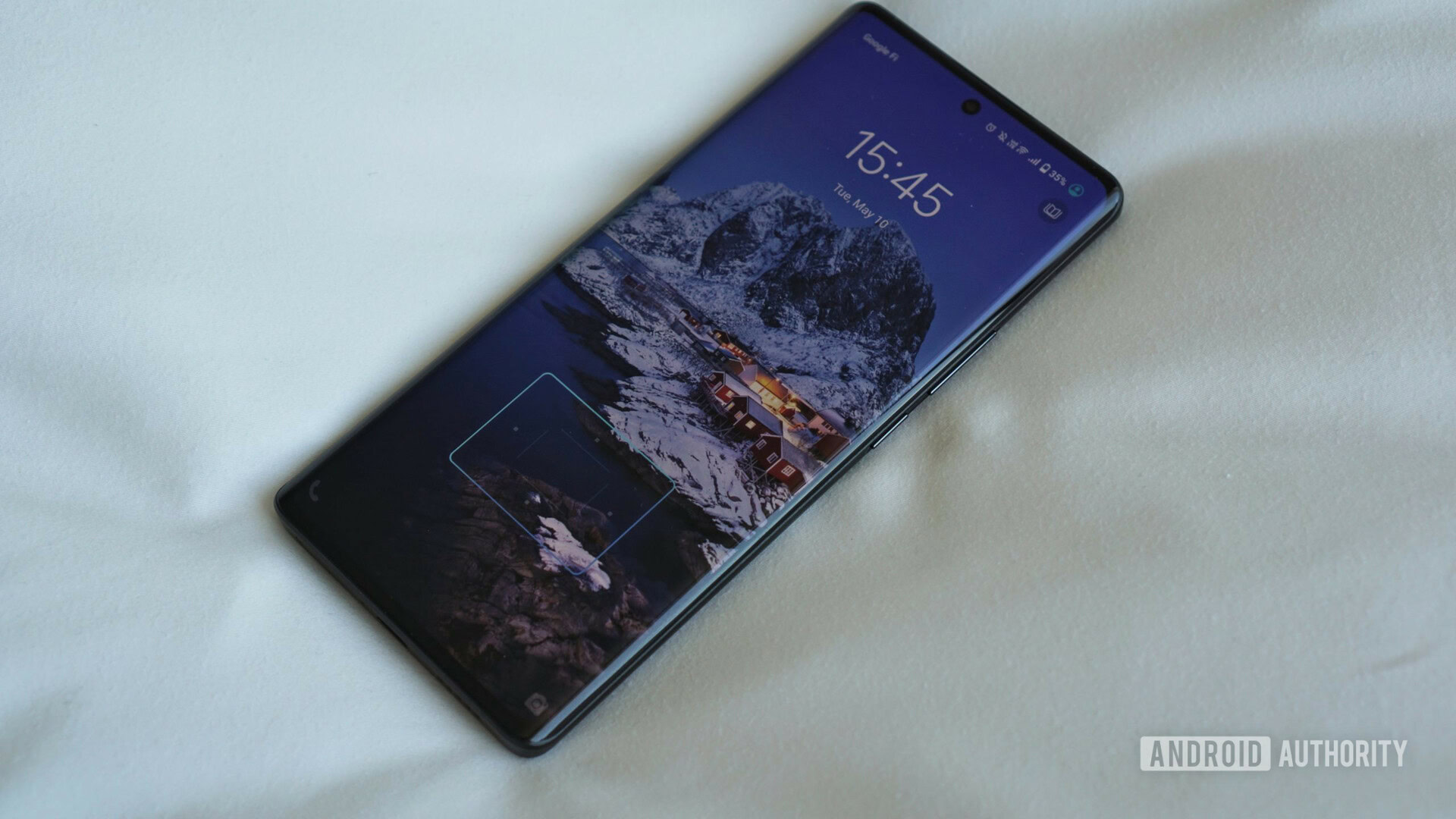Affiliate links on Android Authority may earn us a commission. Learn more.
Android OEMs, take note: This is an in-display fingerprint reader done right
Published onMay 30, 2022

In-display fingerprint sensors were instant hot hardware when they were first introduced in 2018, as major players embraced the ability to hide biometric authentication behind a smartphone’s screen.
They’ve earned a mixed reputation since then, though, and it’s easy to see why. The first in-display fingerprint sensors were slower and way less accurate than conventional fingerprint readers. This is still the case to an extent — see the below-average scanner in the Google Pixel 6 series. Even though today’s in-display scanners are faster and more accurate than early versions, they offer a tiny scanning area and don’t provide the tactile feedback of conventional fingerprint scanners.
Fortunately, there’s finally a handset available globally with a tremendous in-display fingerprint sensor. That phone is the vivo X80 Pro.
Our picks: The best phones with in-display fingerprint sensors
The best in-display fingerprint experience today

Vivo’s latest flagship phone uses Qualcomm’s 3D Sonic Max ultrasonic sensor for its in-display fingerprint sensor, enabling a host of benefits. The first is one-tap enrolment. As the name implies, you can fully register a fingerprint with just one tap. None of this “hold, release, hold, release, hold, release” claptrap we see on conventional in-display scanners today (followed by repeating the process for the edges of your finger).
Explained: How fingerprint scanners work — Optical, capacitive, and ultrasonic tech explained
Perhaps my favorite benefit is the much larger scanning area, measuring 20mm x 30mm². Qualcomm says this is four times bigger than its 3D Sonic Gen 2 sensor, while vivo claims it delivers a scanning area that’s 11 times bigger than conventional in-display fingerprint sensors.
It's virtually impossible to miss a reader that's 4x bigger than older versions.
It doesn’t quite cover half the screen as we saw with previous concepts like the vivo Apex, but the sensor inside the vivo X80 Pro represents a huge improvement over current fingerprint scanners. Crucially, this expanded scanning area means you don’t have to search for the scanner when your eyes aren’t on your phone, such as when taking it out of your pocket. It’s virtually impossible to miss a reader this big.
The 3D Sonic Max scanner also offers fast unlocking speeds, with Qualcomm touting 0.2 seconds between touch and unlock. That figure doesn’t mean much out of context, but I did notice that the X80 Pro was a little quicker to unlock than under-display fingerprint sensors on the vivo X70 Pro Plus and another flagship-level phone I’m currently using under embargo. The scanner works with wet fingers too, but I’ve found it sometimes takes a second try to successfully scan in these situations.
Bigger, faster, and more useful too

These benefits extend to more than just quick registration, fast speeds, and a large scanning area. vivo includes the option to link an app or two to the fingerprint scanning area. You can quickly launch messaging clients, your favorite social network app, the camera, or anything else right from the unlock screen.
The only real downside is that apps requiring biometric authentication after opening, such as banking apps, still require an additional fingerprint press to log in. Furthermore, the scanning area for standard device unlocking is significantly reduced. But it says a lot that the leftover area is still comparable to conventional fingerprint scanners.
vivo lets you set shortcuts to your favorite apps or use two-finger unlock to view a hidden app.
We’ve seen a similar app shortcut feature before from OnePlus and Xiaomi. But both require you to keep your finger held down on the scanner after unlocking and then slide over to the app shortcut. On vivo’s new flagship, you only need one tap to unlock your phone and open that desired app seamlessly.
For what it’s worth, I’ve got the app shortcut feature disabled in favor of taking full advantage of the much wider scanning area. But we can see this being useful for your favorite messaging app or quick access to payment apps (e.g. for public transport or mobile payments in general).
vivo also offers two-finger unlock for some cases, such as accessing app encryption functionality and viewing hidden apps. This is neat in theory, although we would’ve liked to see file safe functionality using two-finger authentication as well.
A question of availability

This isn’t the first time we’ve seen this in-display fingerprint sensor used on smartphones. vivo debuted the 3D Sonic Max fingerprint tech on last year’s Iqoo 8 Pro, and other 2022 releases like the X Note and Iqoo 9 Pro offered it as well.
More reading: Biometrics aren’t the best way to secure your phone
However, the X80 Pro marks the most readily accessible phone with this tech, being available in China and India with pending launches in Europe, Latin America, and the Middle East. So the chances are good that you’ll be able to experience this tech right now or very soon (unless you’re in the US).
It’s curious that vivo is the only brand offering phones with 3D Sonic Max tech at the moment, suggesting some sort of exclusive arrangement between it and Qualcomm. So what does the chipmaker say about this?
Qualcomm told Android Authority that it wasn’t able to name specific partners for the fingerprint sensor but that “there definitely have been quite a few OEMs that have recently adopted it.”
Either way, we hope other manufacturers embrace this tech very soon, as it’s simply too good for one brand to use it exclusively.